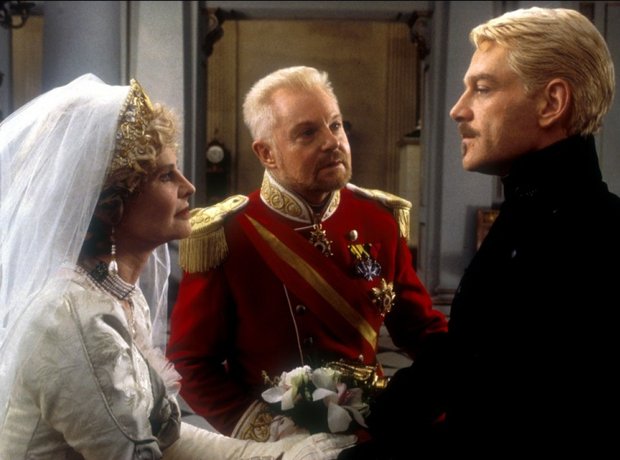

“The lady doth protest too much, methinks”. “Neither a borrower nor a lender be For loan oft loses both itself and friend, and borrowing dulls the edge of husbandry”. The most famous of all: “To be, or not to be: that is the question”. Horatio accurately explains the events that have led to the bloodbath at Elsinore. There are mix ups, skullduggery and poisoned cups, and it all gets rather messy. Laertes plots with Claudius to kill Hamlet with a poisoned sword. Her brother, Laertes, returns to avenge his father’s death and witnesses Ophelia’s descent into madness and vows to punish Hamlet for her death as well. Whilst procrastinating there are a load more deaths (directly by his hand and indirectly through actions) including Ophelia, who drowns while singing sad love songs bemoaning the fate of a spurned lover. As Hamlet had hoped, Claudius’ reaction to the staged murder reveals the King to be conscience-stricken and so Hamlet resolves to kill him. He enlists the help of a troupe of players who perform a play that recreates the murder the Ghost described. Hamlet vows revenge and feigns madness a while to observe the interactions in the castle, but finds himself more confused.

Hamlet’s father’s ghost visits the castle, saying he was murdered by Claudius. The Queen has wed Hamlet’s Uncle Claudius, the dead king’s brother who has had himself crowned King despite the fact that Hamlet was heir to the throne. Prince Hamlet is summoned home to Denmark from school in Germany to attend his father’s funeral, to find his mother already remarried.

I’ve read it multiple times, studied it and now I even get to watch the film. I’ve seen it performed four times, from The Royal Shakespeare Company’s incredible portrayal through to a modern, stripped back version in a University somewhere (I can’t remember where). Oh yes, we’re looking to the Bard and the Brannagh adaption for comparison! I’m pleased to continue this series of book and film comparisons with my all-time favourite Shakespeare play: Hamlet.


 0 kommentar(er)
0 kommentar(er)
